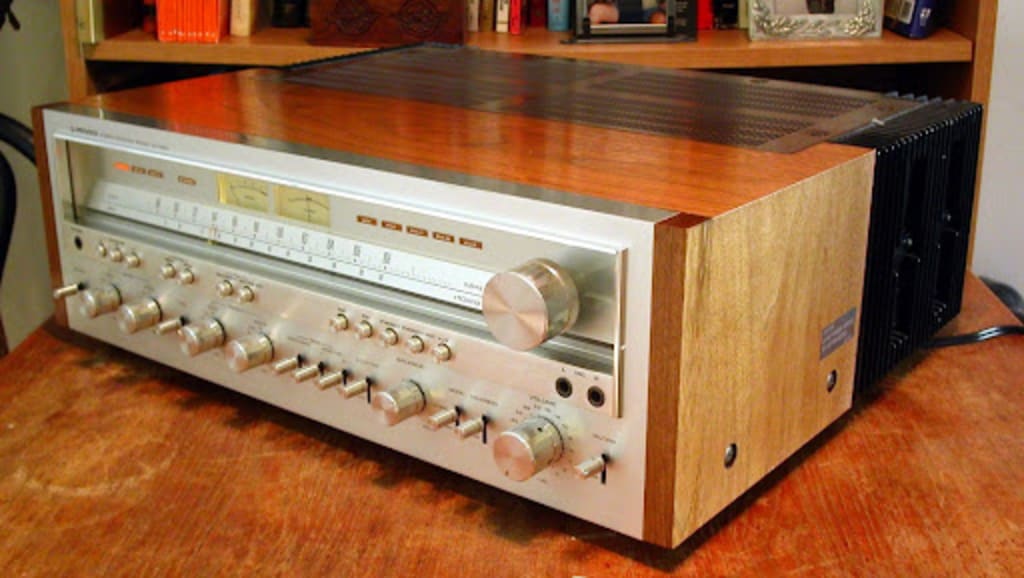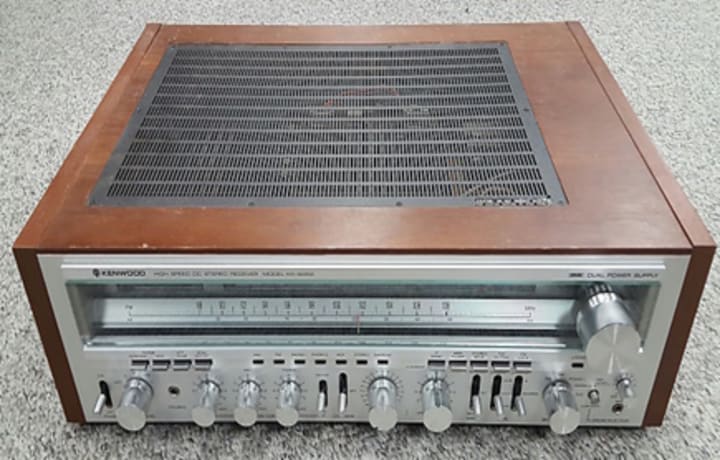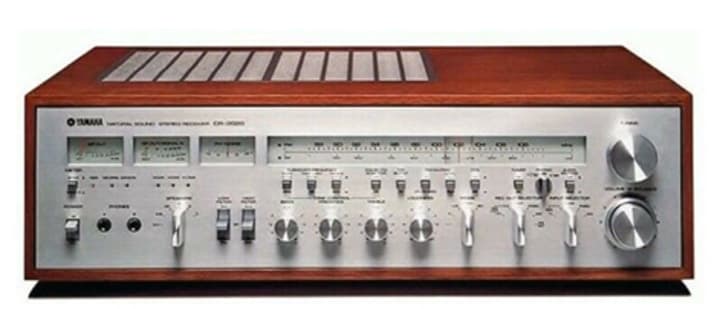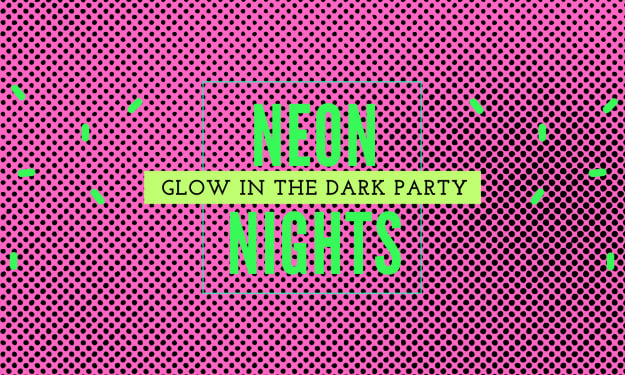Top 7 Best Vintage Stereo Receivers Of All Time
vintage stereo Receivers

Over the years, there has been a significant advancement in AV receiver technology. There has been a significant shift from basic devices based on vacuum tubes to solid-state transistors, and from big and bulky to tiny and compact during the last year. Vintage Stereo Receiver is always a breath of fresh air to be able to speak about these antique treasures and invoke that nostalgic sensation. In order to address this, we will examine the finest and most noteworthy AV receivers in history in this post.
1. The Original High End Stereo Receiver: McIntosh 1900

The "Macs," as they are often referred to, are widely considered as the finest electronics of their day. This is one of the most well-designed and constructed pieces of audio equipment available.
The device produces an output of 55 watts RMS into 4 or 8 ohms and has less than 0.20 per cent harmonic distortion as well as less than 0.20 per cent intermodulation distortion.
When you combine your old Mac receiver with a high-quality vintage speaker, you have a fantastic small setup that will amaze even those with more contemporary preferences.
The powerful machine has a damping factor of 59 over an 8-ohm load and a frequency response ranging from 20Hz to 20 kHz, making it very versatile.
Pros
- Exceptional finish quality
- Exceptional sound quality with no distortions
2. Runner UP: Kenwood KR 9050

With a power output of 200 watts per channel, and a frequency response ranging from 20Hz to 20kHz, the powerful Kenwood of the 1970s was a serious player.
This device has less than 0.02 percent overall harmonic distortion, as well as a damping factor of 50. Also included is a range of input sensitivities including 2.2 mV (mic), 2.5 mV (MM), 200 mV (DIN), and 200 mV (DIN+) (line)
Pros
- High-speed direct current stereo receiver
- Added two power supplies, as well as an enhanced tuner section
Cons
- It is difficult to locate
3. Best Marantz: Marantz 2600

The Marantz model from the 1970s was the most powerful stereo receiver produced by Marantz at the time, which was owned by Superscope at the time. It was widely considered as the most powerful receiver produced during the "Monster receiver" period of the time.
A Toroidal Dual Power Supply, Turbo-Flow heat dissipation system, 9 kHz 18 dB per Octave Bessel-derived high filter, 15 kHz 18 dB per Octave Butterworth-derived low filter, and minimum continuous power from 20 Hz to 20 kHz with no more than 0.03 percent THD are all included. It delivers 300 Watts per channel into 8 ohms with no more than 0.03 percent THD.
It also has a Hitachi Oscilloscope Display with a 2-inch diagonal display. It has a power output of 400 watts per channel into a 4 ohm load. It is a massive machine that was developed in the United States and manufactured in Japan.
Pros
- It is a more powerful version of the Marantz 2500, offering additional features.
Cons
- It is very hefty and does not have any of the newest technological features.
- Sansui 9010 Stereo Receiver, manufactured in 1974.
4. Best Power Output: Sansui G-33000

Each Sansui receiver was handcrafted with careful attention to detail. The two receivers, when used in conjunction with the Sansui G-2200, are very strong, with the only variation being the actual power output. Both are very adaptable.
The circuitry is ultra-advanced, and it incorporates the groundbreaking Diamond Differential. In order to react to pulsing, melodic signals with exceptional precision, the power amplifier must achieve low total harmonic distortion, high slew rate, and rapid rise time.
Pros
- The design is low-profile.
- Built-in amplifier (optional).
- There are less vibrations.
Cons
- Distortions in the sound at high frequencies
5. Bold Bass: Pioneer SX-1980

The Pioneer, which was released in 1978, is widely considered to be the best DC power tale ever written. Each channel has its own DC power arrangement, which aids in the production of a more accurate and deeper bass sound. Its toroidal core transformer, weighing 22 pounds, is less sensitive to small voltage fluctuations.
It generates a cautious 270 watts RMS per channel and is equipped with long-lasting transistors, which result in a total harmonic distortion level of less than 0.03 percent from 20 to 20,000 hertz while operating at 20 to 20,000 hertz.
Pros
- Accurate bass reproduction
- A purer, more distinct sound
Cons
- There are no sound distortions.
6. Best Sound Clarity: Yamaha CR – 2020 Stereo Receiver

When it was first released in 1977, it was considered one of the most sophisticated models in the Yamaha receiver range, and it topped the list. The 105 watts per channel power amplifier achieves a new low level of total harmonic and intermodulation distortion while operating at full rated capacity (0.05 percent from 20-20,000 Hz into 8 ohms).
FM reception up to 18 kHz is made feasible for the first time by the CR-2020's tuner, which incorporates innovative negative feedback and pilot signal cancellation circuitry.
Pros
- Less distortion of the sound
- It boasts a powerful and strong bass that you can feel.
- It also has a speaker selector for use with two different systems.
Cons
- There is no backlighting on the remote control.
What is the best vintage stereo receiver that has ever been manufactured?
Even while the McIntosh 1900 is the first high-end stereo receiver to be produced and is considered to be the finest vintage receiver ever produced, it is not necessarily the best overall receiver ever produced. The Marantz SR7013 is the finest antique receiver that has ever been produced.
Film, television, and music lovers will enjoy the exciting sound produced by the Marantz SR7013. With this 9-channel receiver, you may experience immersive Dobly Atmos and DTS: X surround sound in a home theatre setting. It supports the playing of high-resolution audio formats from a networked computer or a USB flash drive, among other things.
HEOS built-in technology allows you to access all of your music from your collection, internet radio, and major streaming services like as Pandora, Spotify, and TIDAL. It also has the capability of being easily integrated into a wireless multi-room audio system, which is very useful.
It enables you to play music from three separate sources in as many as three different rooms at the same time.
Additionally, powered and line-level stereo outputs for the second and third rooms enable for 5.2- or 7.2-channel sound to be played in the main room, respectively.
You may utilise the Height 1 and Height 2 speaker outputs for Zones 2 and 3 or for bi-amping the front speakers thanks to the amp assign feature included in the package.
When both zones are played from the same source, the all-Zone Stereo mode guarantees that both zones remain in sync.
Pros
- Exceptional audio output quality
- A 9-channel amplifier is included.
- It is equipped with subwoofers measuring 12 inches in diameter.
- WiFi, Ethernet, and Bluetooth connections are all available.
Cons
- The bass isn't too forceful in this song.
For More Articles: Visitpick.com
About the Creator
Amilia Jhon
I am a blogger and affiliate marketer. I have a 3 years working experience as a blogger.
Reader insights
Outstanding
Excellent work. Looking forward to reading more!
Top insight
On-point and relevant
Writing reflected the title & theme






Comments (1)
Great Article....I think you might want to find out about the legendary Pioneer SX-1250.